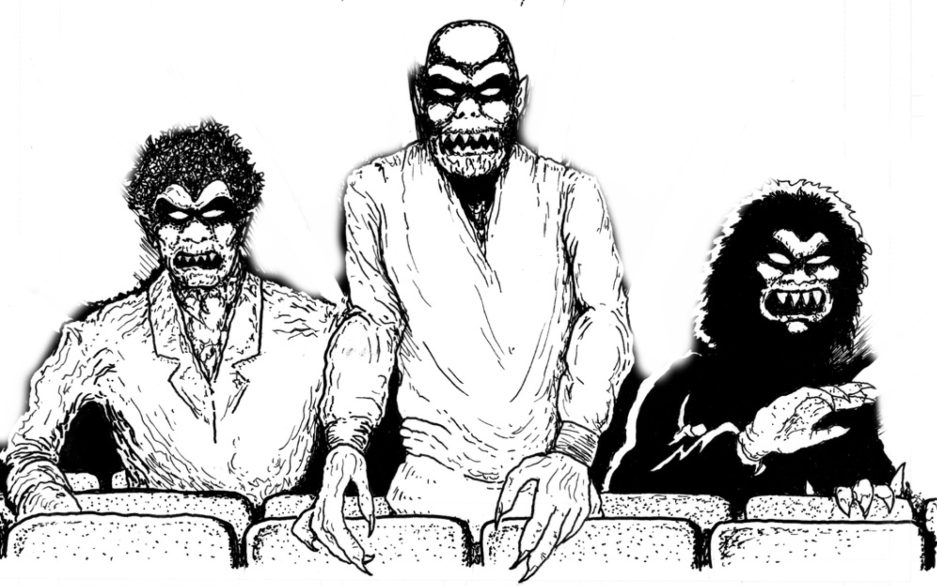Podcast: Play in new window | Download (Duration: 33:42 — 30.9MB) | Embed
 We dip into German expressionism on the podcast this week, and we take a look at the classic, The Cabinet of Dr Caligari.
We dip into German expressionism on the podcast this week, and we take a look at the classic, The Cabinet of Dr Caligari.
It’s a 1920 German silent horror film, directed by Robert Wiene and written by Hans Janowitz and Carl Mayer. The Cabinet of Dr Caligari is frequently considered the quintessential work of German Expressionist cinema. And who are we to argue?
The film tells the story of an insane hypnotist (Werner Krauss) who uses a somnambulist (Conrad Veidt) to commit murders. Caligari features a dark and sinister visual style, with pointed forms, oblique and curving lines, structures and landscapes that lean and twist in odd angles, and shadows and streaks of light painted directly onto the sets.
The 1920 silent movie is outside our primary mandate of covering horror and genre film “from the 1960s to today,” as the tagline of the Really Awful Movies Podcast says. However, it’s vital to understand the current context of horror by casting our gaze back at this marvel. Its influence has carried on through the work of Tim Burton, Bergman and countless others.
The tale of the oddball hypnotist (or somnambulist) is just as eerie and vital today as it was in its day.
For more, check out: www.reallyawfulmovies.com

